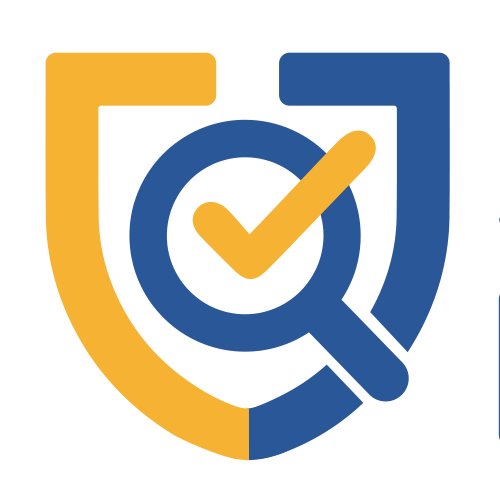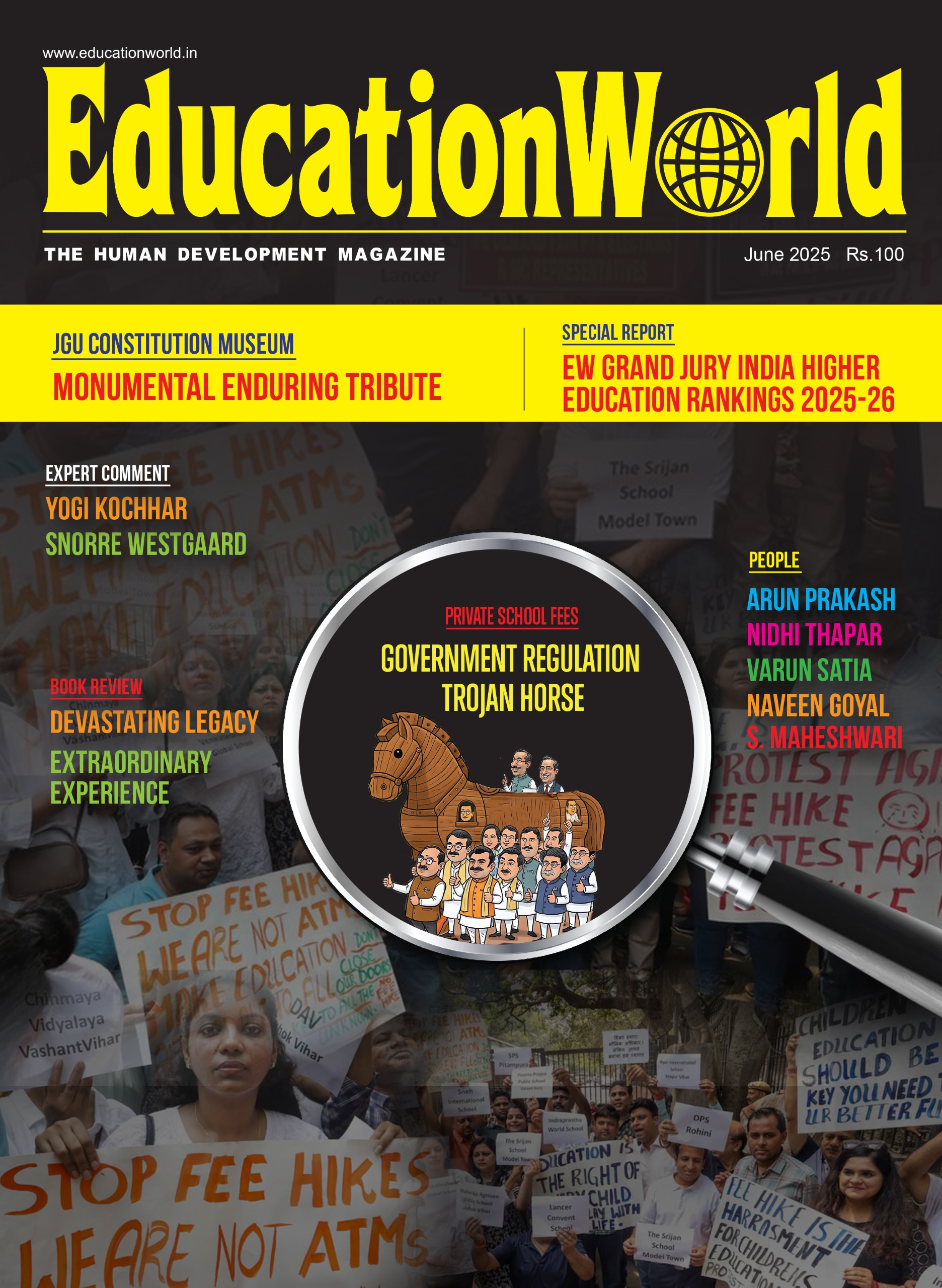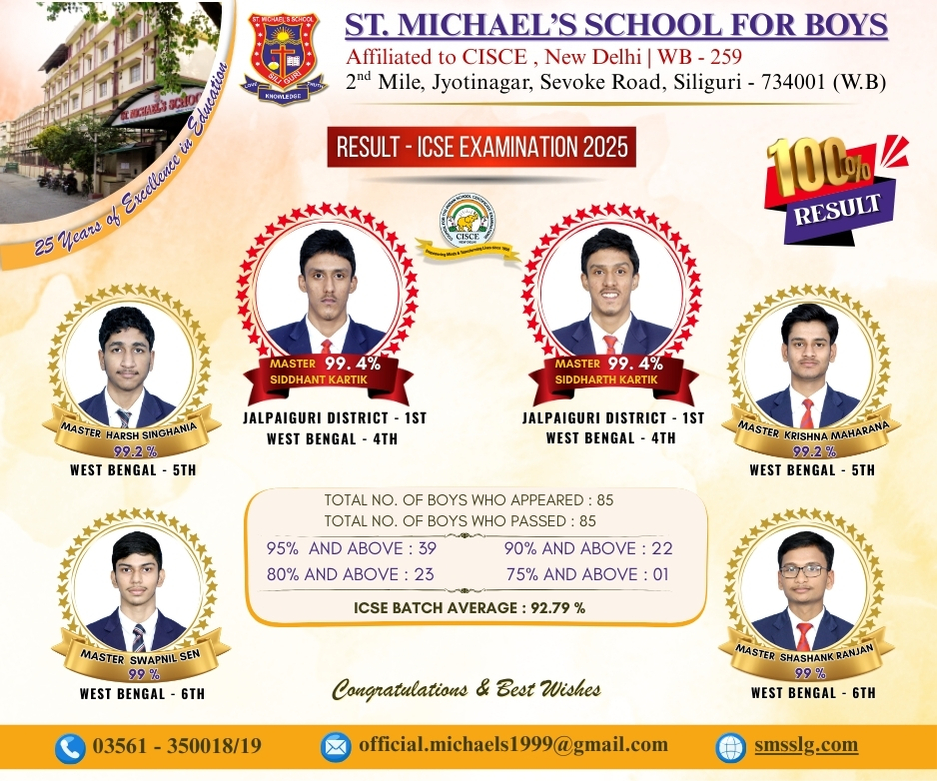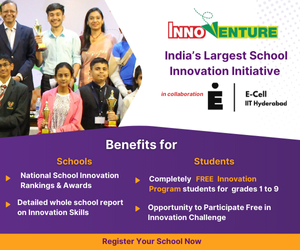By –Lina Ashar, Founder, Poweredby Dreamtime Learning
In an era defined by rapid technological advancements and evolving educational needs, the design of a leading-edge curriculum is paramount for transforming classroom learning. This cutting-edge method depends in incorporating technology onto the curriculum, carefully mapping and creating best lesson plan. All of these components work together to create a learning environment that not only suits the need of today’s kids, but also get them ready for the future.
Traditional techniques of teaching and learning are being substituted by more contemporary and creative methods that assist students in gaining the knowledge and abilities needed for their future endeavours.
The idea of a top- notch curriculum indulged in a futuristic mindset, questions where education should be placed. It acknowledges that the world we develop and the world future students will develop would be totally different. As a result, it grabs attention to abilities like critical thinking, creativity, teamwork, communication, and adaptability—skills that are essential for navigating a world that is becoming more and more complicated.
How these curriculums will transform the learning process:
Tech – Enabled Learning
The smooth amalgamation of technology into leading-edge curriculum is one of its most notable characteristics. These days, technology serves as the basis for efficient learning rather than just a tool. Utilizing virtual reality simulations, interactive platforms, instructional apps, gamification and other high-tech resources, teachers can design immersive learning environments that hold students’ interest and promote deeper knowledge. Through the use of technology, students can e collaborate globally with peers and professionals, which expands their horizons and enhances their educational experience.
Innovative Learning
Through advance and modern technology, gamified curriculum and interactive lesson plans, we are able to create an environment that stimulates intellectual curiosity and encourages a lifelong love for learning. Project-based learning (PBL) along with play-based learning are embraced by leading-edge curriculum as a revolutionary pedagogical strategy. This methodology immerses students in real-world issues and challenges, motivating them to put their knowledge and abilities into practice, work together with classmates, and come up with original solutions. In addition to improving academic performance, this experiential learning method develops critical abilities including initiative, problem-solving, teamwork, and resilience. These abilities are essential for success in the classroom and in the workforce.
Personalized Learning
Since each learner is unique, every student has different way of captivating concepts and grasping knowledge. Recognizing this diversity, leading-edge curriculum prioritizes personalized learning paths. Adaptive technologies allow educators to tailor lessons to individual learning styles, strengths, and interests. This customization also empowers students to take ownership of their learning journey, fostering a sense of autonomy and empowerment in the classroom. Some of the learning programs are designed to cater to diverse learning styles and needs. The goal is to nurture well-rounded individuals who not only excel academically but also develop critical thinking skills, resilience, and a sense of global awareness.
Conquering Challenges
In the actual world, challenges rarely fit neatly into the confines of a single discipline. Leading-edge curriculum is heading way of traditional subjects and encourage interdisciplinary connections. By integrating concepts and knowledge from multiple disciplines—such as science, technology, engineering, arts, and mathematics (STEAM)—students gain a more comprehensive understanding of complex issues and develop the critical thinking skills needed to tackle 21st-century challenges with creativity and innovation.
Continuous Improvement
The development of a leading-edge curriculum is in progress of refinement and adaptation. Feedback from educators, students, policy makers and stakeholders inform continuous improvement efforts, ensuring that the curriculum remains relevant, effective, and responsive to emerging trends and societal needs.
The key pillars driving futuristic education are –
- Brain and Behavioural Science
- Entrepreneurial and Growth Mindset
- Social-emotional intelligence
By staying responsive, leading-edge curriculum evolve alongside advancements in technology, shifts in global dynamics, and innovations in educational research and pedagogy.
Empowering Teachers
The key to the success of any leading-edge curriculum is the role of educators as facilitators of learning and factors of change. It is imperative to continuously empower educators with Professional development programs and training to upgrade their knowledge, skills, and resources needed to effectively implement innovative practices in the classroom. By encouraging educators in discovering new methodologies, technologies, and teaching strategies, schools create an environment where transformative learning experiences can thrive and students can reach their full potential.
Conclusion: Embracing the Future of Education
A leading-edge curriculum demonstrates an archetype shift in education. It is a move towards empowering students with practical skills, knowledge and mindset which is necessary to excel in this multiplex world. By consolidating technology and elevating the subjective base learning, play-based learning, fostering interdisciplinary connections, and embracing continuous improvement, leading-edge curriculum prepares students for academic excellence and lifelong learning. As we move headway to navigate obstacles and opportunities for 21st century, embracing the concept of leading-edge curriculum are crucial to ensuring that every student receives an evolutionary education that builds them to flourish in a rapidly evolving global sphere.
Also read: Empowering education through technology























